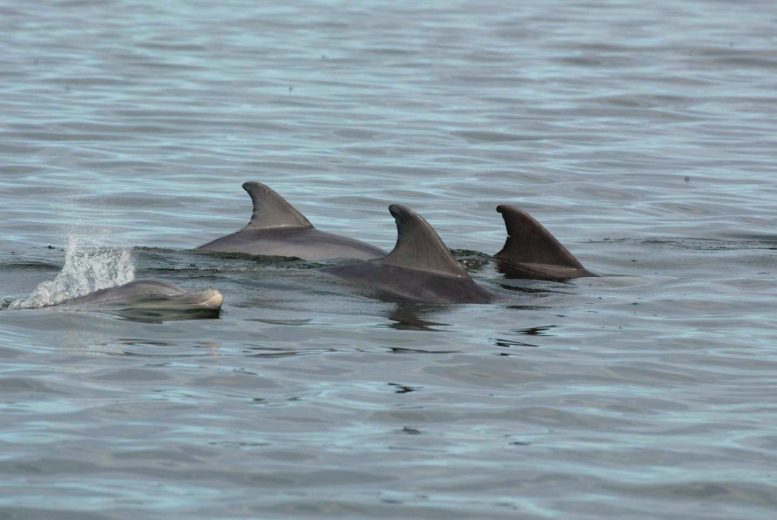
Wild Bottlenose dolphins (Tursiops truncatus) swimming in Florida’s Indian River Lagoon. Credit: Brian Cousin, Florida Atlantic University’s Harbor Branch Oceanographic Institute
Antibiotic resistance is one of the biggest public health challenges in the world today since many common bacterial infections are developing resistance to the drugs once used to treat them, and new antibiotics aren’t being developed fast enough to combat the problem.
Once primarily confined to healthcare settings, these resistant strains of bacteria are now commonly found in other places, especially marine environments. To date, few studies have looked at long-term trends in antibiotic resistance in pathogens isolated from wildlife populations.
Researchers from Florida Atlantic University’s Harbor Branch Oceanographic Institute in collaboration with Georgia Aquarium, the Medical University of South Carolina, and Colorado State University, conducted a unique, long-term study (2003 to 2015) of antibiotic resistance among pathogens isolated from bottlenose dolphins (Tursiops truncatus) in Florida’s Indian River Lagoon. This lagoon has a large coastal human population and significant environmental impacts.
Dolphins tagged and released into Florida’s Indian River Lagoon, which has a large coastal human population and significant environmental impacts. Credit: Brian Cousin, Florida Atlantic University’s Harbor Branch Oceanographic Institute
“In 2009, we reported a high prevalence of antibiotic resistance in wild dolphins, which was unexpected,” said Adam M. Schaefer, MPH, lead author and an epidemiologist at FAU’s Harbor Branch. “Since then, we have been tracking changes over time and have found a significant increase in antibiotic resistance in isolates from these animals. This trend mirrors reports from human healthcare settings. Based on our findings, it is likely that these isolates from dolphins originated from a source where antibiotics are regularly used, potentially entering the marine environment through human activities or discharges from terrestrial sources.”
Using 13 years of data and the Multiple Antibiotic Resistance (MAR) index, researchers obtained a total of 733 pathogen isolates from 171 individual bottlenose dolphins. Several of the organisms isolated from these animals are important human pathogens.
Results of the study, published in the journal Aquatic Mammals, shows that the overall prevalence of resistance to at least one antibiotic for the 733 isolates was 88.2 percent. The prevalence of resistance was highest to erythromycin (91.6 percent), followed by ampicillin (77.3 percent) and cephalothin (61.7 percent). This is one of the few studies to use the MAR index for bacterial isolates from marine mammal species.
Resistance to ciprofloxacin among E. coli isolates more than doubled between sampling periods, reflecting recent trends in human clinical infections. Pseudomonas aeruginosa, responsible for respiratory system infections and urinary tract infections, among others, were the highest recorded for any organism and increased during the study period.
The MAR index increased significantly between the periods 2003-2007 and 2010-2015 for P. aeruginosa and Vibrio alginolyticus, a common pathogenic marine Vibrio species found to cause serious seafood poisoning. For all bacterial isolates, resistance to cefotaxime, ceftazidime, and gentamicin increased significantly between sampling periods.
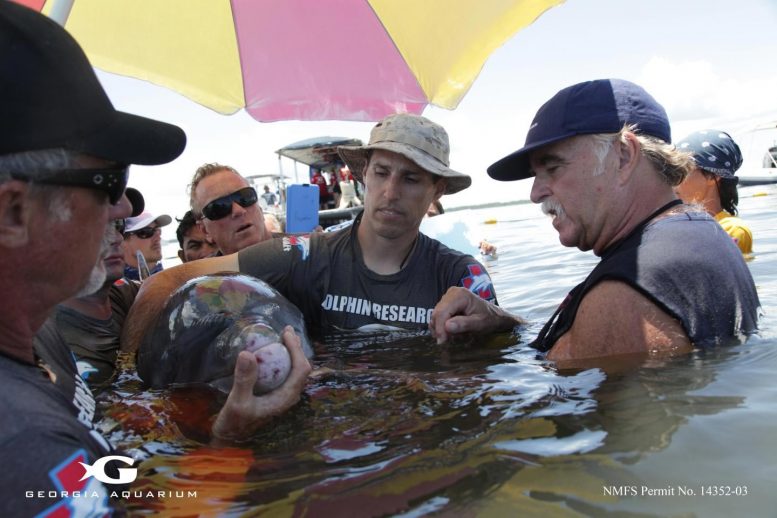
Dr. Gregory Bossart (on the right) examines a dolphin during the Health and Environment Risk Assessment (HERA) project alongside colleagues. Credit: Georgia Aquarium/Addison Hill
“The Health and Environmental Risk Assessment or HERA Project has helped discover that the emerging bacterial resistance to antibiotics in bottlenose dolphins is prevalent. Bottlenose dolphins are a valuable sentinel species in helping us understand how this affects human and environmental health. Through HERA we’ve been able to provide a large database of information in order to continue learning from these impressive animals,” said Gregory D. Bossart, V.M.D., Ph.D., co-author, senior vice president, and chief veterinary officer at Georgia Aquarium. “Antibiotic resistance is one of the most significant risks to public health. As resistance increases, the probability of successfully treating infections caused by common pathogens decreases.”
The sampling for the study was conducted and funded in part by the Florida Specialty License Plate fund and Georgia Aquarium with Bossart serving as the HERA lead and permit holder. Swab samples for microbiology were taken from the blowhole, gastric fluid, and feces and cultured on standard media under aerobic conditions. The most frequently isolated pathogens were Aeromonas hydrophila, E. coli, Edwardsiella tarda, V. alginolyticus, and S. aureus, pathogens frequently associated with aquatic environments. The dolphins were captured and released back into the Indian River Lagoon as a part of the HERA Project. Sampling took place during June and July each year.
“The nationwide human health impact of the pathogen Acinetobacter baumannii is of substantial concern as it is a significant nosocomial pathogen with increasing infection rates over the past 10 years,” said Peter McCarthy, Ph.D., co-author, a research professor, and an associate director for education at FAU’s Harbor Branch. “In addition to nosocomial infections, resistant strains associated with fish and fish farming have been reported globally. The high MAR index for this bacteria isolated from dolphins in the Indian River Lagoon represents a significant public health concern.”
Each year in the United States, at least 2 million people get an antibiotic-resistant infection, and at least 23,000 people die.
Reference: “Temporal Changes in Antibiotic Resistance Among Bacteria Isolated from Common Bottlenose Dolphins (Tursiops truncatus) in the Indian River Lagoon, Florida, 2003-2015” by Adam M. Schaefer, Gregory D. Bossart, Tyler Harrington, Patricia A. Fair, Peter J. McCarthy and John S. Reif, 11 September 2019, Aquatic Mammals.
DOI: 10.1578/AM.45.5.2019.533
Co-authors of the study are Tyler Harrington, FAU’s Harbor Branch; Patricia A. Fair, Ph.D., Medical University of South Carolina; and John S. Reif, Ph.D., Colorado State University.
This work was funded in part by the Protect Wild Dolphin License Plate funds granted through the Harbor Branch Oceanographic Institute Foundation and Georgia Aquarium.



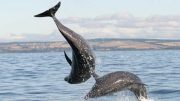
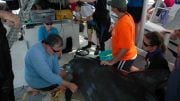


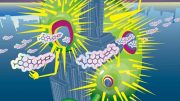
Be the first to comment on "Mirroring Humans, Antibiotic Resistance Surges in Dolphins [Video]"